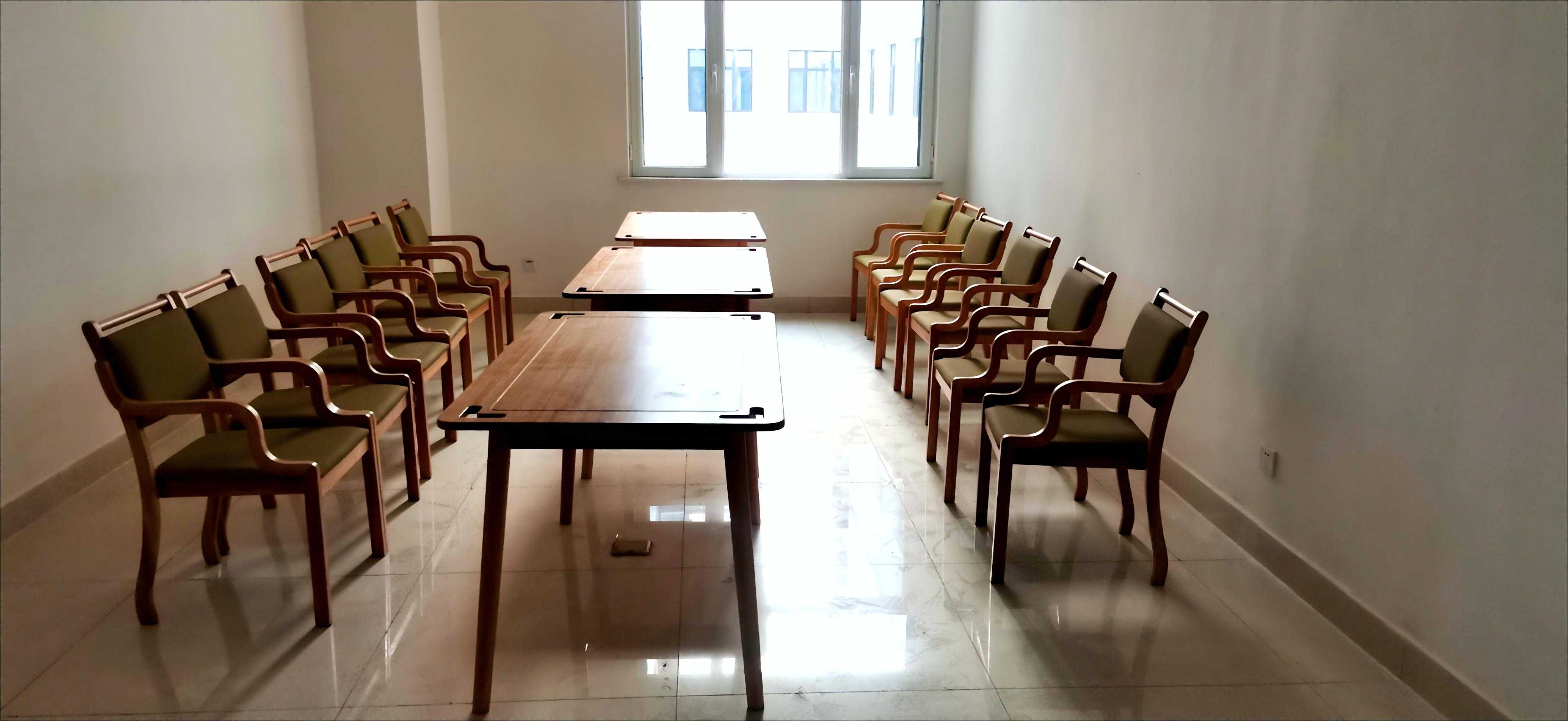Boosting Elderly Consumption: Driving Growth in the Silver Economy
As China’s population ages rapidly, the elderly consumption market has become a key focus for both policymakers and businesses. While rising incomes naturally stimulate consumption in economic upturns, economic slowdowns require targeted policy interventions to restore market vitality.
On January 3, 2025, at a press conference held by China’s State Council Information Office, the National Development and Reform Commission (NDRC) outlined measures to boost consumption, integrating “special actions to promote consumption” with initiatives to “benefit people’s livelihoods.” Key focus areas include:
- Increasing residents’ income and reducing financial burdens
- Expanding supply of consumer goods and services
- Cultivating new consumption growth points
- Improving the overall consumption environment
Many of these policies specifically target elderly populations, aiming to both improve seniors’ quality of life and unlock their considerable market potential.
1.Income Support: Raising Pensions
The NDRC announced plans to moderately raise basic pensions for retirees and urban-rural residents, along with increasing fiscal subsidies for medical insurance. In 2024, the average monthly pension for urban-rural residents was approximately RMB 234, with regional differences. Doubling this amount would require about RMB 400 billion in central government funding, benefiting 170 million pension recipients and over 500 million insured residents. Such measures not only stabilize short-term consumption confidence but also strengthen long-term social security systems.
2.Expanding Elderly-Oriented Products: Smart Assistive Devices
The NDRC plans to expand the scope of durable goods subsidies under the “trade-in” policy, with funding potentially reaching RMB 300 billion in 2025. This could directly stimulate about RMB 750 billion in new consumer spending and boost retail sales growth by approximately 1.5%.
In cities like Shanghai, the subsidy now includes 20 categories of elderly-friendly products, such as back supports, wheelchairs, home oxygen machines, and reading glasses, with discounts of up to RMB 2,000 per purchase. This supports both direct senior purchases and gifts from family members.
Smart assistive devices represent a high-growth market. As the aging population expands and social participation increases, demand is expected to rise sharply in the coming years. Regulatory oversight on product quality, services, and consumer rights protection is essential.

3.Cultivating New Industries: Senior Meal Services and Home Care
Services such as elderly meal delivery, in-home care, community convenience services, and institutional care are identified as emerging consumption growth points. For example, in Cangzhou, Hebei, a public transport company has launched “HeMeiJu City Canteens,” offering affordable meals for seniors, students, and workers while alleviating family caregiving pressure.
Experts note that the main challenge for businesses is scalability and sustainability. Government subsidies, community support, and standardized service protocols are critical to ensure high-quality, replicable elderly services.
4.Improving Consumption Environment: Senior Tourism
The senior tourism market is projected to reach trillions of RMB. In 2019, Chinese seniors (60+) accounted for 851 million domestic trips, generating RMB 961.6 billion, representing 20% of total senior consumption. With the “retirement boom,” by 2025, the elderly population is expected to surpass 300 million, with over 100 million healthy, low-age seniors traveling frequently.
Senior travelers are seeking more specialized, high-quality, and personalized experiences, emphasizing scenic value, cultural depth, wellness, and study-tour opportunities. Services like “silver trains” and senior study tours are increasingly popular. For instance, the Chengdu-to-Xinjiang silver train offers age-friendly modifications, onboard medical staff, and tourism assistance.
5.Policy Outlook: Unlocking the Silver Economy
By increasing pensions, expanding subsidies for elderly-friendly products, developing home care and meal services, and promoting senior tourism, China is both improving seniors’ quality of life and stimulating economic growth. As the aging population grows, the elderly consumption market will continue to expand, representing a key strategic opportunity for the silver economy.





